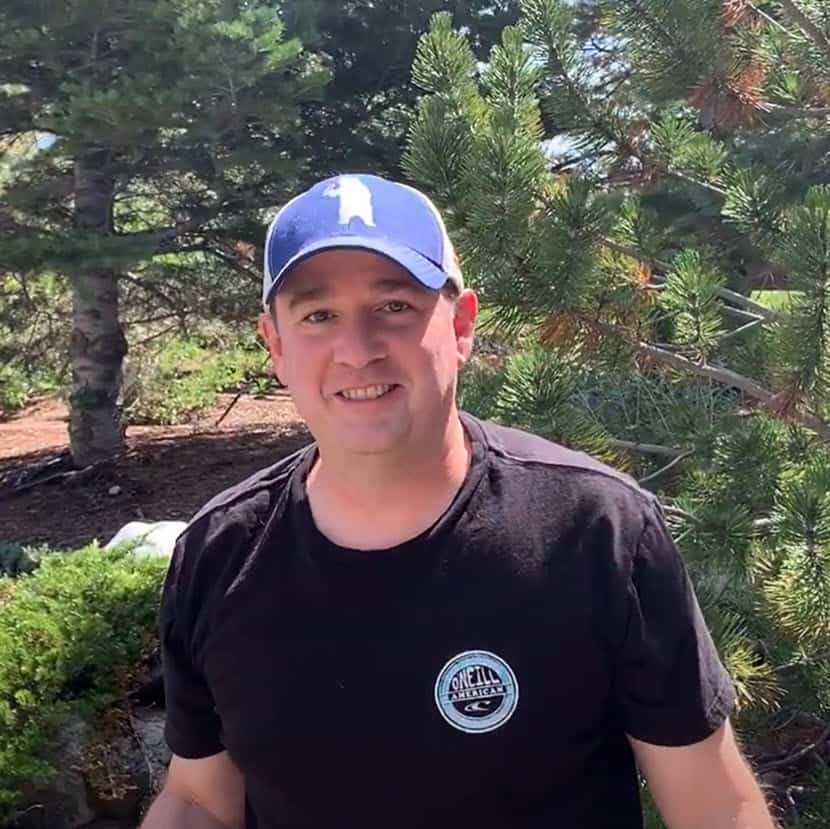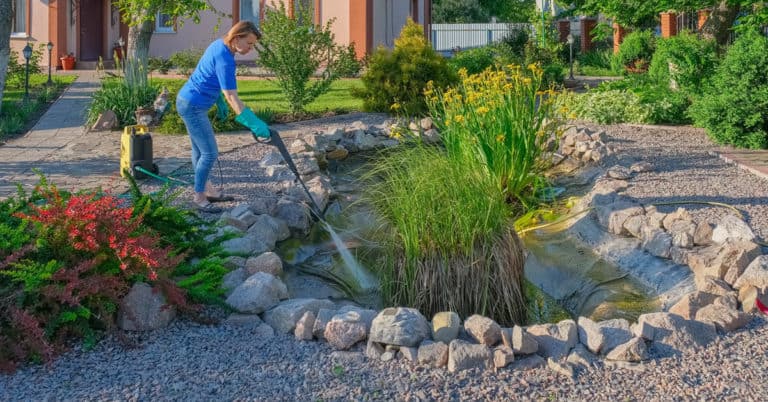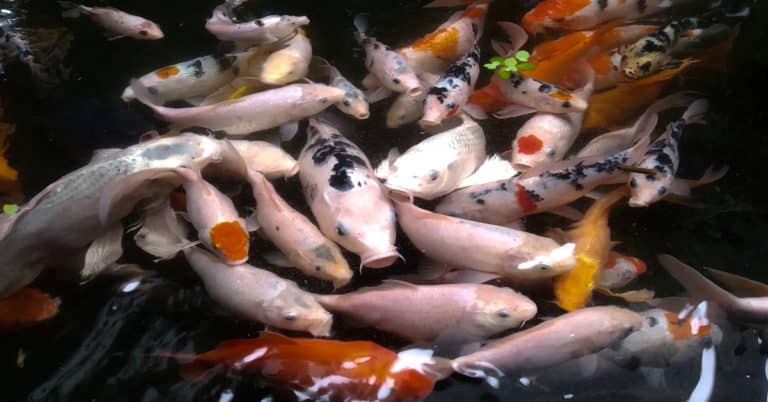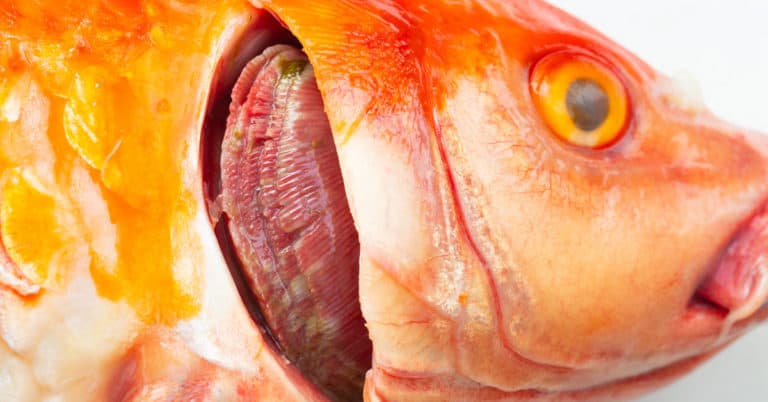Setting up a koi pond is a labor-intensive process that also requires some major changes to your landscaping. If digging a pond on your property isn’t an option, you can still raise koi fish in a portable koi pond.
Portable koi ponds are ideal for those who need a habitat that is easy to customize or that they can transport if needed. It’s a great way of getting started with keeping koi fish if you’re new to the hobby, but there are other interesting use cases to consider:
If you’re new to fish farming, you might not be quite ready for a backyard pond yet. Here’s why you should consider a portable pond instead:
There are a few drawbacks to consider:

You can raise healthy koi fish in a portable pond if you follow a few tips.
You should consider how many fishes you want to keep and how much space you’ll need for them to be healthy and comfortable.
There are different options available for portable ponds. Look at things like the size, depth, and material. Can you easily assemble and disassemble the pond to transport it?
Some kits resemble above-ground swimming pools that you can fold and transport while others are sturdier. The best option depends on whether you want a temporary or semi-permanent setup.
You need to set up your pond in a shaded area in your garden, or perhaps on your patio, to shield the fish from sun exposure and high temperatures. It’s especially important to protect your smaller pond from the sun since the water might not be deep enough to shield the fish from the sun.
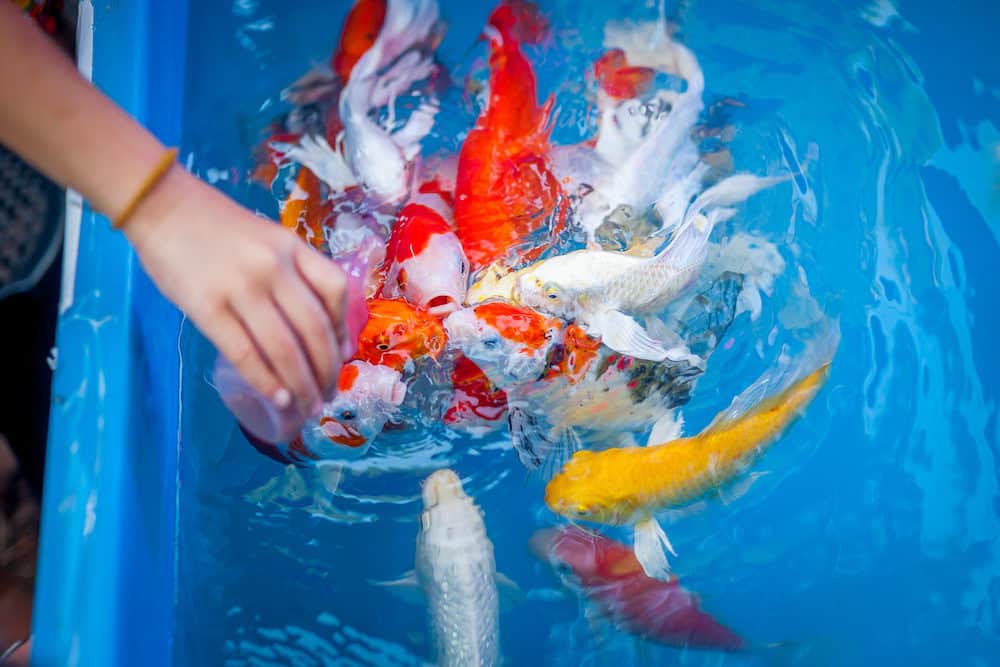
Think about using awnings, a canopy, or a pergola to add some shade if needed.
A small pond means that waste and debris can accumulate quickly. You can keep debris out by adding a leaf net over your portable koi pond.
The purpose of a pond liner is to stop the water from seeping into the ground and keep sediments out. A lot of koi fish owners use PVC or rubber liners, but you can also use clay as a natural liner.
With a portable pond, the material of the pond will double as a liner. However, you can add some clay to your setup if you’re building a semi-permanent pond.
Clay is naturally rich in minerals and can help absorb nitrates. It will also support growth and improve immune system health.
You’ll need some aquatic plants if you’re setting up a semi-permanent pond. Plants play an important part since they create shade and cover for the fish. They also filter nitrogen and introduce oxygen into the water.
You’ll need a mix of submerged plants like waterweed, some floating plants like fairy fern, and some emergent plants like lotus plants.
You’ll also need a good filtration system for your portable pond. You can use an artificial or biological system, with biological systems being more practical to implement for small ponds compared to larger setups. Perhaps even add a water feature, such as a fountain or a waterfall, for aesthetics as well as improved water flow.
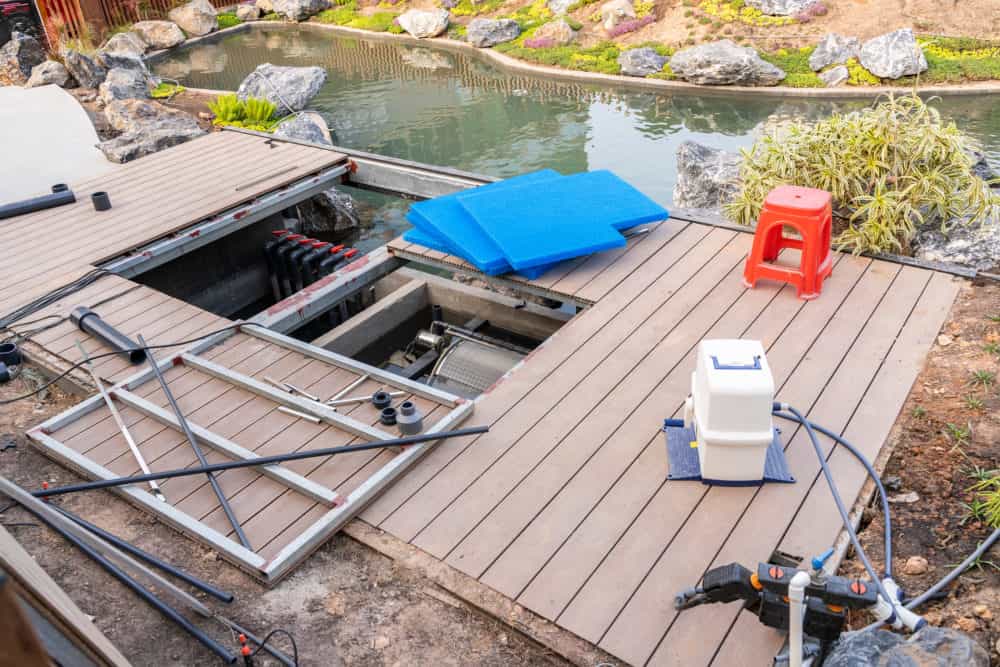
It’s also important to monitor water quality and water temperature frequently due to the small volume you’re working with. You should measure the nitrate, nitrite, ammonia, and pH levels regularly to make sure there is a healthy nitrogen cycle in the pond.
A portable pond can be helpful in certain situations to supplement your main koi pond.
If you're looking for a portable pond, we have a koi products and suppliers directory that you can check out to find a portable pond that will meet your needs.
